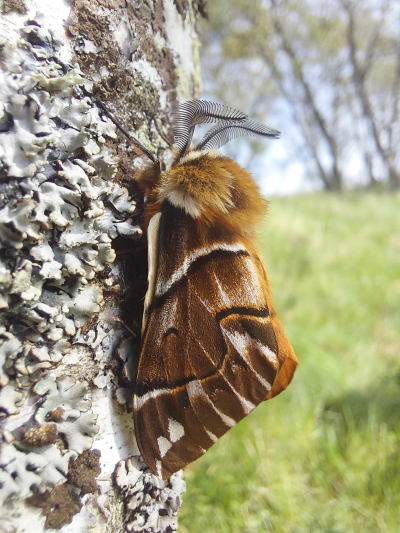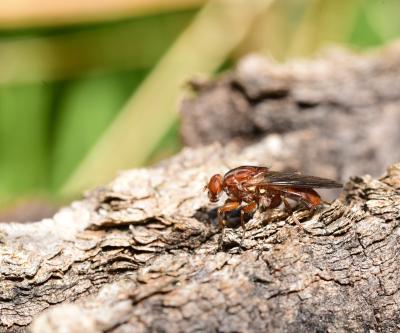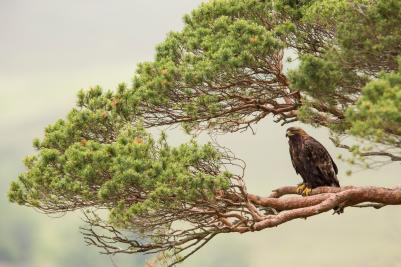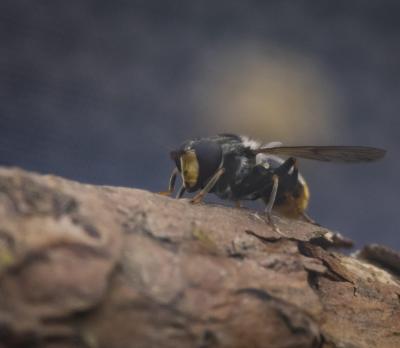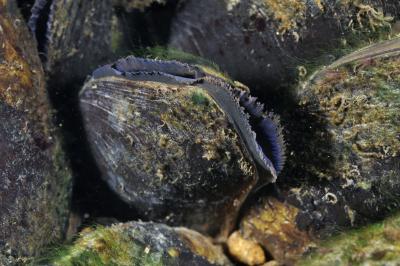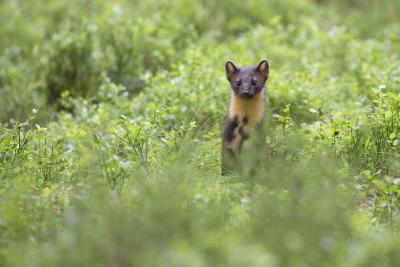Curlew
Numenius arquata
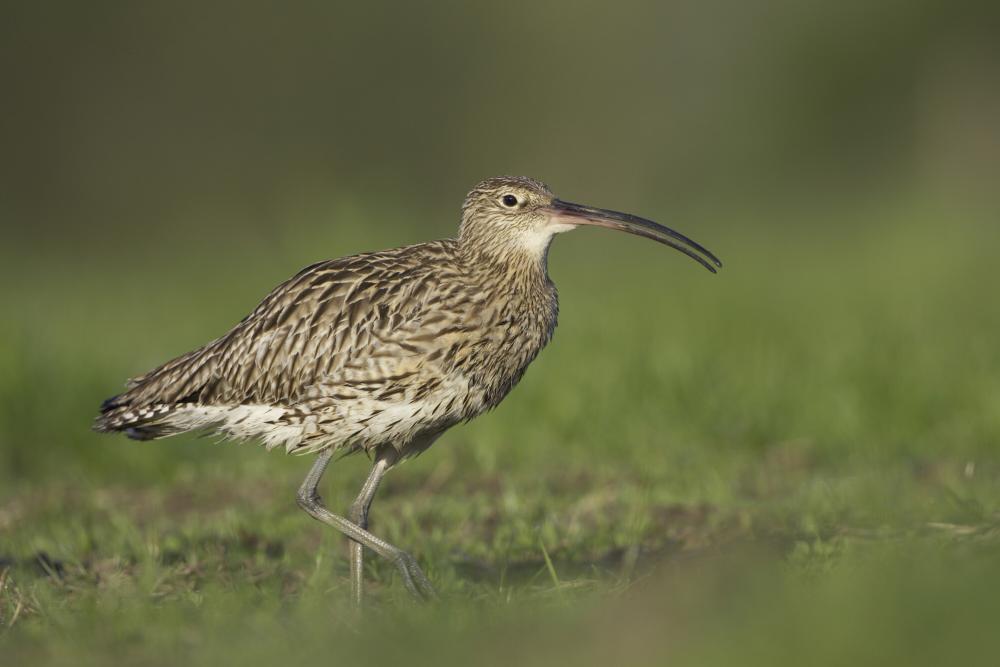
The size of a small pheasant, with a wingspan of 80 to 100cm, curlew are the largest European wading bird. Curlews have a distinctive airy and whistling call that bubbles across the floodplains, mudflats and beaches they like to frequent.
Factsheet
Weight: 0.5 - 1kg, and females are heavier than males
Lifespan: 11 years
Best time to spot: April to August
The common (or Eurasian) curlew has a long and down-pointing curved bill. Their feathers are striped brown and cream, and change in pattern across the bird’s body. When they fly, a white wedge appears on their rump. A curlew’s legs are long and bluish, with knobbly knees.
The longest living curlew on record reached over 30 years old, but typically most have a shorter lifespan in the wild.
The curlew’s long bill allows it to delve deep into mud on the ocean’s shoreline and freshwater wetlands as it seeks out worms, shellfish and shrimps to eat. The bill is sensitive and acts like a pair of chopsticks, allowing the curlew to delicately pick out its dinner. Since they cannot put their tongue down the bill to grab and swallow prey, curlews throw their food up in the air before catching and eating it.
The Cairngorms National Park serves as the curlew’s summer home. It’s here that curfews (the collective noun for a group of curlews; salon and skein are others) of curlews come to mate and nest. In winter, they head to the warmer coast. You can often spot large flocks feeding on the Moray coast.
Did you know?
The size of a small pheasant, with a wingspan of 80 to 100cm, curlew are the largest European wading bird. Curlews have a distinctive airy and whistling call that bubbles across the floodplains, mudflats and beaches they like to frequent.
Factsheet
Weight: 0.5 - 1kg, and females are heavier than males
Lifespan: 11 years
Best time to spot: April to August
The common (or Eurasian) curlew has a long and down-pointing curved bill. Their feathers are striped brown and cream, and change in pattern across the bird’s body. When they fly, a white wedge appears on their rump. A curlew’s legs are long and bluish, with knobbly knees.
The longest living curlew on record reached over 30 years old, but typically most have a shorter lifespan in the wild.
The curlew’s long bill allows it to delve deep into mud on the ocean’s shoreline and freshwater wetlands as it seeks out worms, shellfish and shrimps to eat. The bill is sensitive and acts like a pair of chopsticks, allowing the curlew to delicately pick out its dinner. Since they cannot put their tongue down the bill to grab and swallow prey, curlews throw their food up in the air before catching and eating it.
The Cairngorms National Park serves as the curlew’s summer home. It’s here that curfews (the collective noun for a group of curlews; salon and skein are others) of curlews come to mate and nest. In winter, they head to the warmer coast. You can often spot large flocks feeding on the Moray coast.
Did you know?
In many places across the UK, the curlew population is in decline: since the 1980s, the breeding number has reduced by around half. This represents 13.5% of the total world population, so understanding why this has happened is key to the survival of this UK Conservation Status Red List species. Conservationists point to a combination of curlew perils: predation from mustelids (like badgers and stoats), foxes and other birds; loss of habitat; and climate-related events such as flash floods.
Luckily, Insh Marshes – an RSPB nature reserve in the National Park covering 10 square kilometres of the River Spey floodplain near Kingussie – is bucking the trend. Research has revealed that curlew numbers here are relatively stable. This will hopefully continue to be the case, as since 2019, the Strathspey Wetlands Wader Initiative has been conserving wader-friendly habitats in partnership with local farmers and crofters.
When they find the ideal habitat, curlews are dedicated parents and share chick-rearing duties. Males select and defend the scrape (nest), while both parents take turns incubating the eggs in 12 hour shifts, carefully swapping over to avoid drawing attention. They return to the same nest annually if possible, though it’s the female who selects a mate each year and she does change partners.
To deter predators like gulls, corvids and raptors, curlews disguise the nest with grass. After four weeks of incubation and another four weeks of parental guidance, the young are ready to live independently.
Need to know
Curlews are ground nesting birds, and need our help to ensure their survival. To help prevent wildlife disturbance we ask that you:
- Pass wildlife slowly, steadily and cautiously when you do come across it.
- Don’t linger if an animal is disturbed by your presence.
- Use paths wherever possible to avoid trampling nests and prevent damage to vegetation.
- Take care if swimming or paddling near islands, as these are often a refuge for wildlife.
- Keep your dog in sight, if you are unsure if there are animals around it is safest to use a lead.
- Walk your dog on a lead, or at heel, during the breeding season where there are ground nesting birds.
- Learn to spot the signs of disturbance when watching wildlife, and be prepared to move on if you see these.
- Follow any local advice or signage about avoiding disturbance to wildlife.







